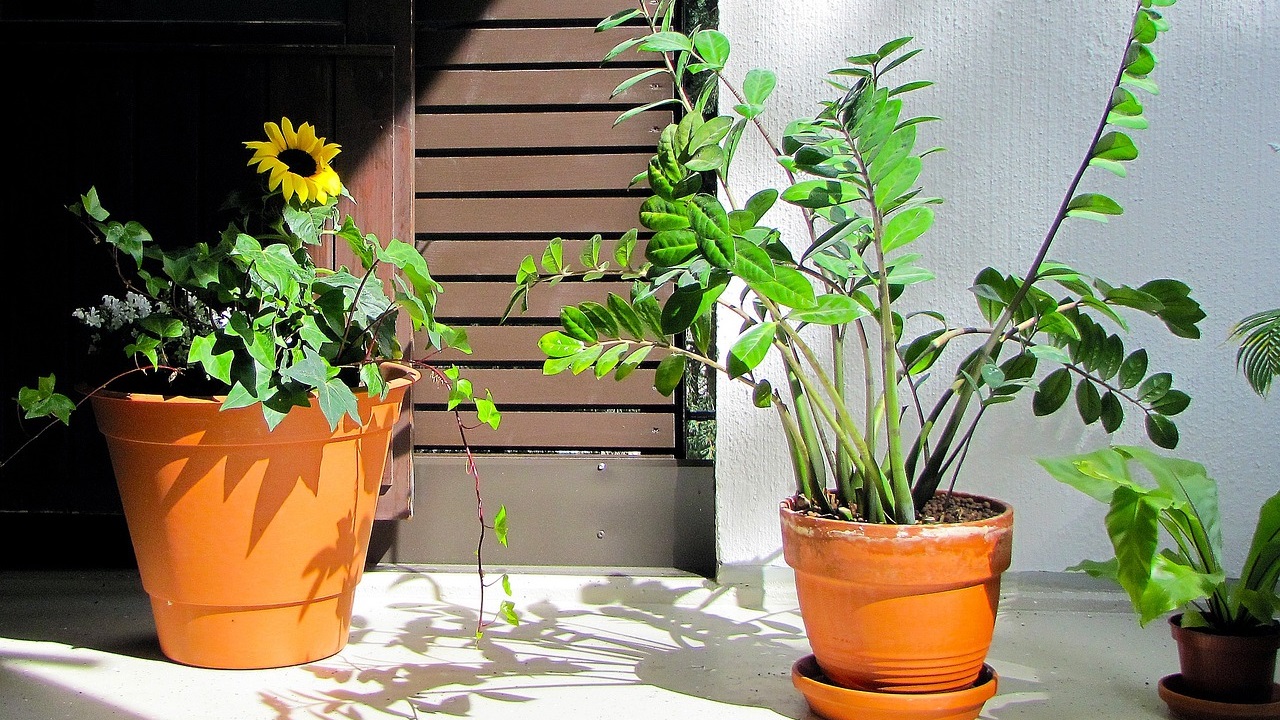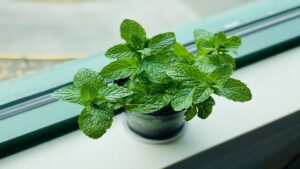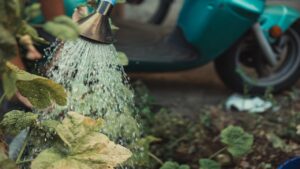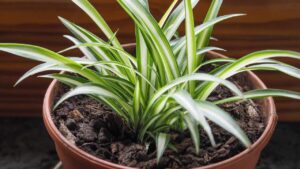Just a Few Nails in the Soil of Your Zamioculcas: the Reason
Zamioculcas, commonly known as the ZZ plant, is a beloved houseplant appreciated for its beauty and ease of care. It thrives in pots and can enhance the aesthetics of any room in your home or office. With proper care, the ZZ plant can live for many years, becoming an elegant addition to your decor. However, like all plants, it may face challenges like slow growth or yellowing leaves. If you’ve encountered these issues and are seeking solutions, continue reading the article for effective tips.

Why use rusty nails to grow Zamioculcas
To encourage lush growth in your Zamioculcas and prevent yellowing leaves, an unconventional yet effective remedy involves using rusty nails. While it may not be a common practice to drive nails into the soil, we can assure you that it can effectively contribute to the overall health of plants.
Let’s start by saying that rusty nails serve the soil to improve its quality and provide essential nutrients to the roots of the plants.
When iron oxidizes, it creates particles that enhance the soil’s ability to retain and release nutrients for plants. Iron plays a vital role in plant growth, serving as a key component of chlorophyll. Chlorophyll is the molecule responsible for capturing sunlight during photosynthesis, enabling plants to convert light energy into chemical energy and produce their own food.

Additionally, rusty nails can also provide other beneficial nutrients like zinc, manganese, and copper, contributing to overall plant health and robust growth. If your Zamioculcas is facing challenges such as slow growth or yellowing leaves, it may indicate a deficiency in iron. To overcome this problem, you can create a nutrient-rich solution by soaking a few rusty nails in a liter of water. Let the solution rest for a few days, allowing the nails to release these essential substances.
After allowing the rusty nails to release their beneficial substances into the water, you can use the solution to water your Zamioculcas once a month. Alternatively, for a direct application, you can hammer the rusty nails into the soil around the base of the plant. Make a few holes and bury the nails at a depth of about 2-3 cm.





